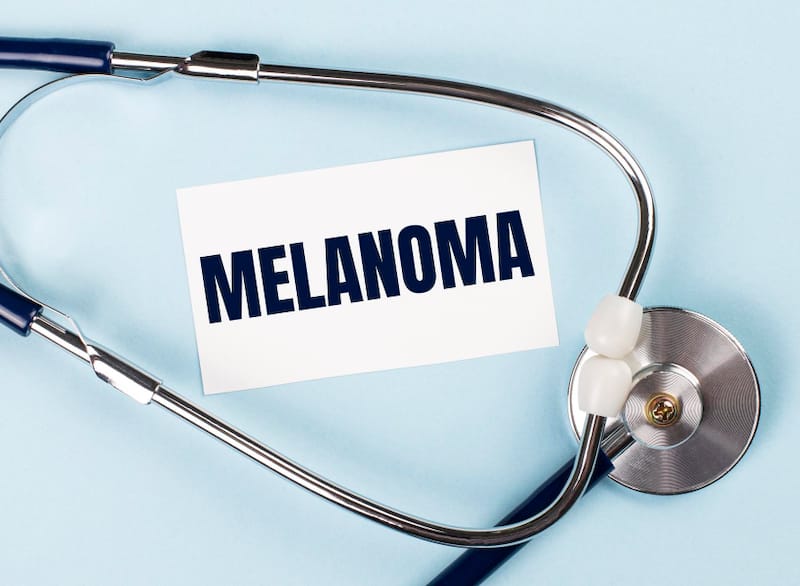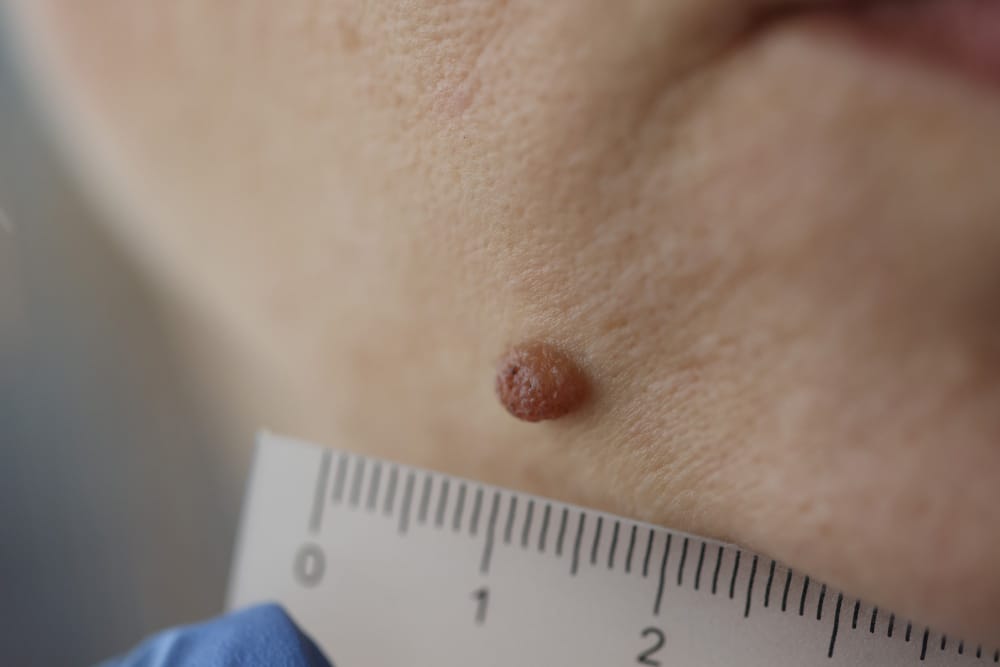Everyone does have a couple of moles since birth, it could be anywhere in your body, or face, usually brown or black with smooth edges and typically small in size. Most moles are precisely just that, and it should not be any problem until they change as you grow older, it is also possible to have new moles.
These changes in a mole could have a high risk of turning into melanoma which is a disease that mainly starts from an innocent-looking mole. There are some differences between a mole and melanoma to look out for if you notice some changes with an existing mole or if you have new ones.
When should I worry about a mole on my areola?
Moles, may they be in your areola or not, is generally harmless, they could appear within the first 25-30 years of your life, and that’s perfectly normal.

Moles on the areola usually develop during pregnancy, and as long as the mole is not growing or painful, it should really not be a concern.
If the mole on your areola or any part of your body is smooth on the edge, uniform in color, and size 6mm or less, then it’s pretty much an average mole.
However, if your mole is swollen or bleeding, if there is any ulceration, or if you appear to be growing new ones after the age of 50, then there could be no harm in having it checked for malignancy.
According to some studies, women with more moles have a 13% higher risk of contracting breast cancer than those who had fewer moles.
One of the common early indicators of breast cancer is moles, if there are any new or changes to some existing moles that you have, especially if your age is more than 40, it’s painful, or it swells, please consult your health care provider right away.
ABCDEs of Melanoma

Using this simplified checklist as a guide, you can check for yourself for any signs and symptoms if what you have is just a normal harmless mole or if it is a possible case of melanoma, and if you need professional help.
Early detection is very important in any medical condition. According to the Skin Cancer Foundation, based on U.S. patients, there is a 99% chance of a 5-year survival rate if melanoma is detected early.
It, unfortunately, drops to 68% if the disease reaches the lymph nodes and 30% if it spreads to other organs.
- Asymmetrical – Non-cancerous moles are symmetrical, meaning if you were to draw a line at the middle of your mole, both sides should be identical to each other; this is not the case for melanoma. It is often asymmetrical and does not take any proper shape.
- Border – Outer edges of melanoma are uneven. Unlike the smooth border of a normal mole, melanoma would have irregular and rough edges.
- Colors – A regular mole would have one equal color, while melanoma would have multiple shades ranging from light brown and tan to dark brown. Looking at a melanoma would seem like seeing multicolored moles clumped together.
- Diameter – Melanoma grows more than 6mm in diameter, while on the other hand, a normal mole would grow just within 6mm or less. The difference in size is actually the most noticeable distinction between the two, especially because melanoma could grow bigger over time.
- Evolution – Most benign moles rarely change in size, color, and shape, wherein melanoma would consistently change like it’s actively growing from one form to another. If you notice any of these symptoms with an old or new mole, then you should immediately consult your local healthcare provider and have it checked.
FAQs
Is it normal to have a mole on your breast?
Most of the time, moles are found in the face, upper body, or areas that are exposed to the sun. Moles rarely appear on the breast and buttocks.
What are the black spots on my nipples?
These are called Montgomery’s tubercles.
They’re sebaceous (oil) glands that appear as small bumps around the dark area of the nipple. Studies have found between 30-50% of pregnant women notice Montgomery’s tubercles.
Conclusion
When in doubt, have it checked out. If there is something that doesn’t feel or look right in your body, may it be a mole, rash, or any bump that you feel shouldn’t be there, needs to be addressed as soon as possible because early detection is crucial and it may not seem like it but most of the time days of early intervention matters.
Do not hesitate to ask for professional help or get tested because it might be just what you need, and it’s better to be checked and find nothing rather than delay it and regret that you didn’t have it checked sooner than you did.


